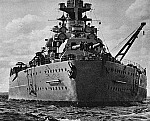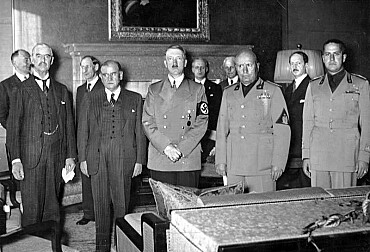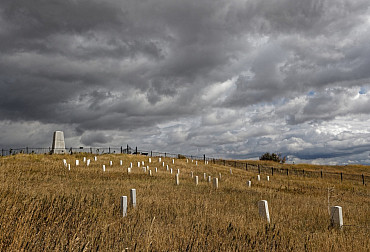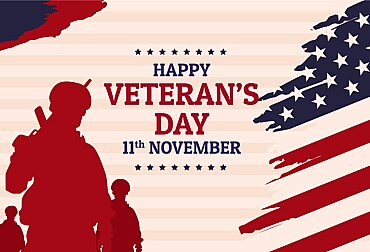June 3rd 1942: The day when Battle of Midway started - a decisive turn in the Pacific War
The Battle of Midway, fought between June 3 and June 7, 1942, stands as one of the most significant and decisive naval battles of World War II. Occurring just six months after Japan's attack on Pearl Harbor, Midway was a critical turning point in the Pacific Theater. It shifted the balance of naval power in favor of the United States and marked the beginning of a strategic initiative that would eventually lead to Allied victory in the Pacific.
.jpg)
Prelude to battle
The Japanese strategy for Midway was ambitious and aimed at luring American aircraft carriers into a trap to be destroyed. This operation, spearheaded by Admiral Isoroku Yamamoto, intended not only to eliminate the U.S. as a strategic power in the Pacific but also to extend Japan's defensive perimeter. In contrast, the U.S., led by Admiral Chester Nimitz, had broken the Japanese Navy's secret communication codes. This critical intelligence allowed the U.S. to anticipate the attack and prepare an ambush of their own.
The forces engaged
The United States Navy, still reeling from the attack on Pearl Harbor, managed to field three aircraft carriers: USS Enterprise, USS Hornet, and USS Yorktown (the latter hastily repaired after damage at the Battle of the Coral Sea). These were supported by numerous cruisers, destroyers, and submarines, along with land-based aircraft from Midway Atoll itself.
Japan's fleet was larger and included four aircraft carriers — Akagi, Kaga, Soryu, and Hiryu — which were part of the six-carrier force that had attacked Pearl Harbor. Accompanying these were battleships, cruisers, and destroyers, making it a formidable force intent on crushing the U.S. Pacific Fleet.
The battle unfolds
June 4, 1942: Opening Moves
The battle commenced on June 4 with Japanese aircraft bombing Midway Atoll. In response, U.S. land-based bombers launched attacks on the Japanese fleet but achieved little success. The critical moment came when U.S. carrier-based planes found the Japanese carriers. In a devastating series of attacks, dive bombers from Enterprise and Yorktown struck three Japanese carriers — Akagi, Kaga, and Soryu — setting them ablaze.
Counter-attacks
Japanese aircraft managed to severely damage USS Yorktown, which had to be abandoned but was later temporarily saved by damage control efforts. Late in the day, the fourth Japanese carrier, Hiryu, launched a counter-attack, scoring hits on Yorktown, which eventually led to its loss.
June 5-7: The Chase and Conclusion
By the end of June 4, Hiryu was the only operational Japanese carrier left. The next day, it too was sunk after being located by U.S. aircraft. The remaining Japanese fleet, realizing the situation was irretrievable, began to retreat. The U.S. forces pursued, sinking a heavy cruiser and damaging several other ships. By June 7, the battle was effectively over.
Aftermath and impact
The Battle of Midway was a disastrous defeat for Japan. The loss of four carriers and many of their most experienced naval aviators was a blow from which the Japanese Navy never fully recovered. For the United States, the victory was not just strategic but also a significant morale boost.
Strategic and historical significance
Midway is often regarded as the turning point in the Pacific War. It halted the Japanese advance and put the United States in an offensive position for the rest of the war. The battle demonstrated the importance of intelligence (particularly cryptanalysis), air power, and aircraft carriers, reshaping naval doctrine in the process.
Legacy
The legacy of Midway continues to be studied and honored, representing a pivotal moment in naval warfare and a testament to strategic planning, valor, and the effective use of intelligence. It remains a profound example of how a seemingly disadvantaged force can achieve victory through innovation, courage, and sharp decision-making.










